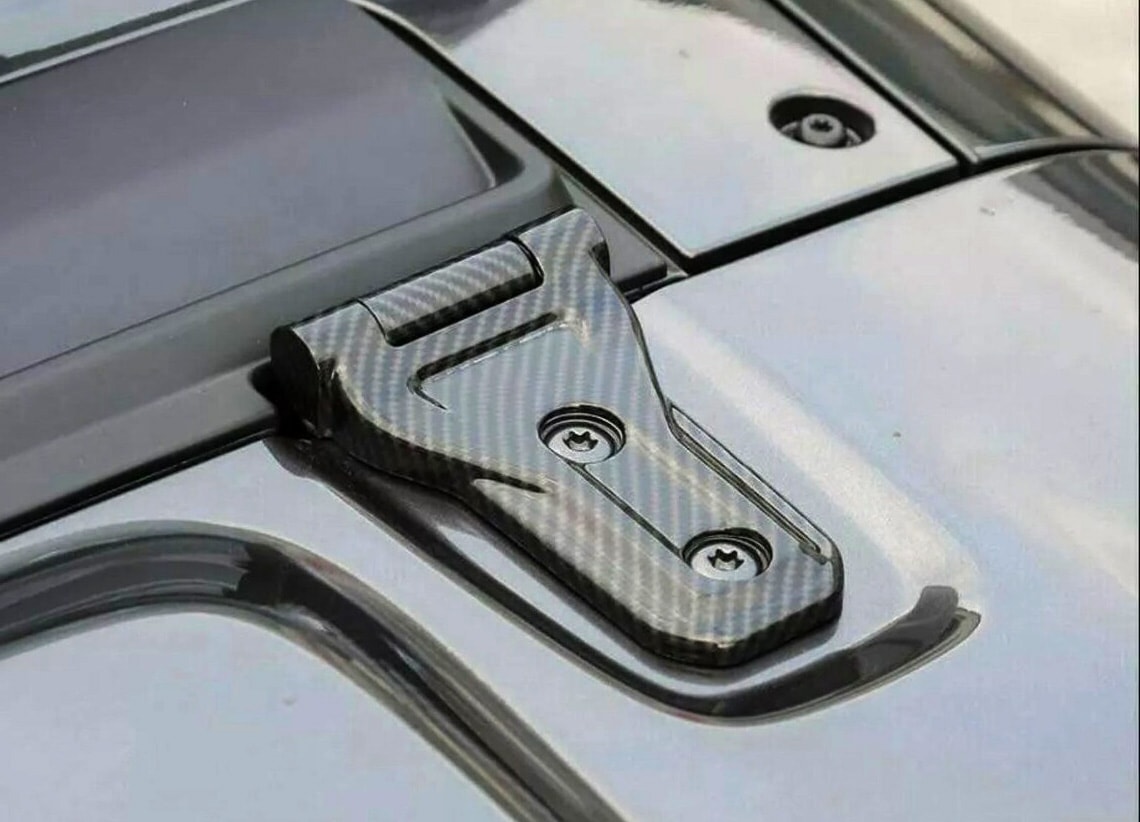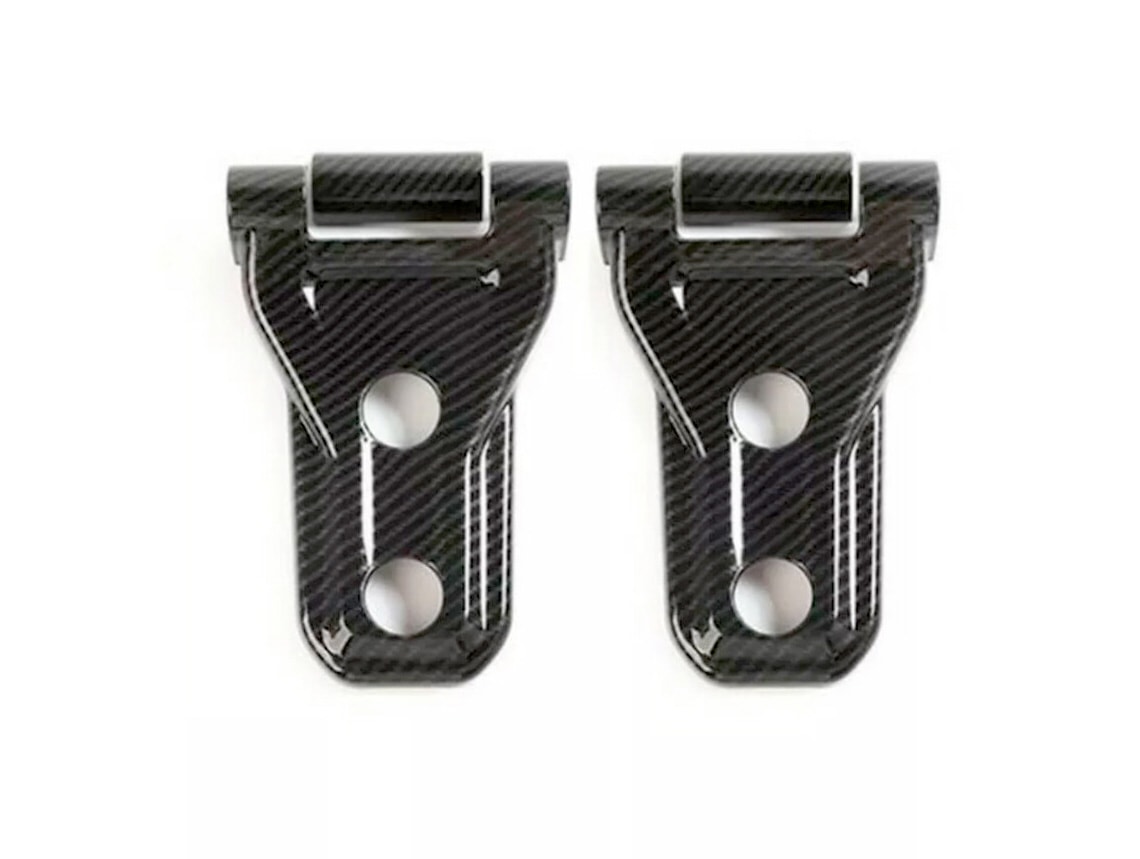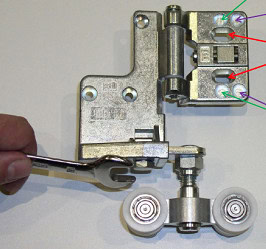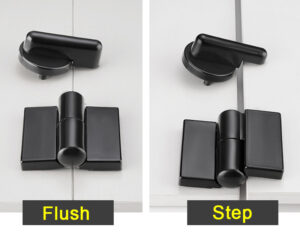In the realm of materials science and engineering, carbon fiber stands as a testament to the immense advancements the field has witnessed in the past few decades. Combining lightness with strength, this material has found applications in an assortment of industries, constantly pushing the boundaries of what’s possible.
At its core, a carbon fiber hinge is an articulating joint made primarily from carbon fiber, a material renowned for its strength-to-weight ratio. Such hinges leverage the unique properties of carbon fiber to deliver performance benefits, especially in applications where weight and durability are of paramount importance.
Venturing into this exploration of carbon fiber hinges, we’ll unravel their distinct attributes, delve into their manufacturing process, and shed light on their myriad applications beyond the familiar domains of furniture, architecture, and decoration.

Origin and Properties of Carbon Fiber
Carbon fiber emerges from the careful processing of carbon atoms bonded in crystalline formations. This material boasts a unique combination of features: it’s lightweight yet extraordinarily strong, and while it’s rigid, it retains a degree of flexibility.
The strength of carbon fiber hinges largely from its atomic structure. Carbon atoms are linked in a tightly packed alignment, providing substantial tensile strength. Concurrently, its lightweight nature can be attributed to the carbon atom’s intrinsic low density.
The Manufacturing Process
Transforming raw carbon into carbon fiber hinges is a meticulous process that combines cutting-edge technology and precision engineering. It commences with the spinning of polyacrylonitrile (PAN) polymer mixed with specific additives. Following this, these fibers undergo several heat treatments to enhance their carbon content, ultimately resulting in carbon fiber.
To craft hinges, these fibers are embedded in resin, creating a composite material. This is then molded into the desired hinge shape, after which it’s cured to solidify and gain its final strength.
Benefits over Traditional Materials
Carbon fiber hinges offer a slew of benefits over hinges made from conventional materials like steel or aluminum. Chief among these is their superior strength-to-weight ratio. They can bear substantial loads despite their lightweight nature, making them indispensable in applications where weight constraints are critical.
Moreover, carbon fiber doesn’t corrode, unlike metals that necessitate regular maintenance or coatings to prevent rust. Additionally, the material exhibits impressive thermal stability, resisting deformation under varying temperature conditions.

Potential Drawbacks
No material is without its set of challenges, and carbon fiber is no exception. While it offers substantial tensile strength, its compressive strength can sometimes be lower than that of metals. This means that under certain compressive forces, carbon fiber might not perform as robustly as some metals.
Cost is another concern. The intricate manufacturing process, coupled with the use of high-quality raw materials, can make carbon fiber hinges more expensive than their metal counterparts.
Common Applications
Moving beyond realms of architecture and furniture, the hinges find applications in industries where performance and weight are vital. Aerospace is a notable example. Aircraft components, particularly those that need to be lightweight yet strong, benefit immensely from carbon fiber hinges.
Similarly, in the realm of sports equipment, items that require swift movement and strength, such as racing drones or high-end bicycles, often utilize carbon fiber hinges to maximize performance without adding unnecessary weight.
Care and Maintenance
While carbon fiber hinges boast substantial resilience, they still warrant care to ensure longevity. Regular inspections are imperative to detect any signs of wear, cracks, or delamination. It’s also prudent to avoid exposing them to harsh chemicals that might compromise the resin’s integrity.
In applications that subject these hinges to constant motion, periodic lubrication with compatible agents can ensure smooth operation and reduce wear.
Future of Carbon Fiber Hinges
Given the rapid advancements in materials science, the future of hinges looks promising. Efforts are underway to further enhance their compressive strength, bringing them on par or even surpassing metals in certain applications.
Moreover, with the push towards more sustainable practices, research is focused on making the carbon fiber manufacturing process more environmentally friendly, ensuring that these hinges not only deliver on performance but also on sustainability.
Conclusion
Carbon fiber hinges epitomize the confluence of science and engineering, harnessing the remarkable properties of carbon fiber to craft hinges that are both lightweight and robust. As industries continue to seek materials that challenge traditional norms, it’s evident that hinges will remain at the forefront of innovation, driving efficiency and performance in myriad applications.
You might also be interested:







